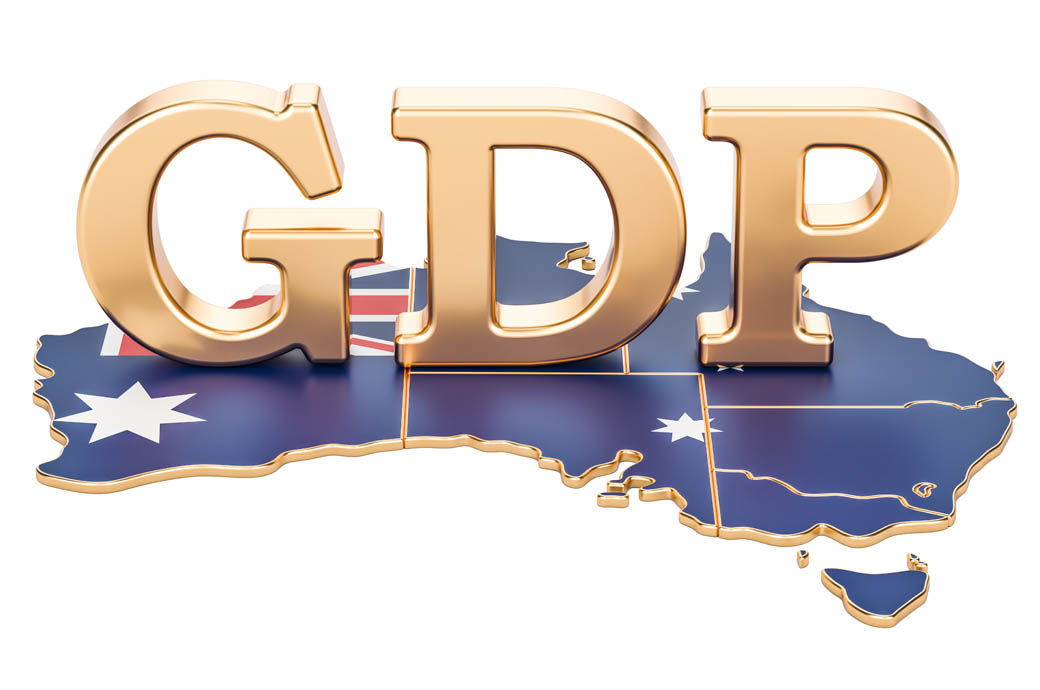
However, the data also highlighted ongoing concerns for economic momentum. GDP per capita fell by 0.4 per cent in the June quarter, marking the sixth consecutive quarter of decline.
Household spending, a critical driver of economic activity, contracted by 0.2 per cent in the June quarter, following two quarters of growth. This decline subtracted 0.1 percentage points from GDP growth.
In contrast to household spending, government expenditure rose by 1.4 per cent, helping to cushion the overall economic slowdown. However, total investment fell by 0.1 per cent in the June quarter, continuing a downward trend for the third consecutive quarter. Despite this, total investment showed resilience on an annual basis, growing by 4.1 per cent over the financial year.
Changes in inventories detracted from economic growth, subtracting 0.3 percentage points in the June quarter. This followed an inventory build-up in the March quarter, with industries such as wholesale and manufacturing experiencing inventory run downs during this period.
Australia's terms of trade fell by 3 per cent, impacting both real and nominal GDP, which rose by a modest 0.2 per cent in the June quarter. Export prices dropped by 3 per cent for the second consecutive quarter, while import prices remained flat.
“The Australian economy grew for the eleventh consecutive quarter, although growth slowed over the 2023-24 financial year. Excluding the COVID-19 pandemic period, annual financial year economic growth was the lowest since 1991-92, the year that included the gradual recovery from the 1991 recession," said Katherine Keenan, ABS head of national accounts.
Fibre2Fashion News Desk (DP)